Digital Tools for Product Backlog
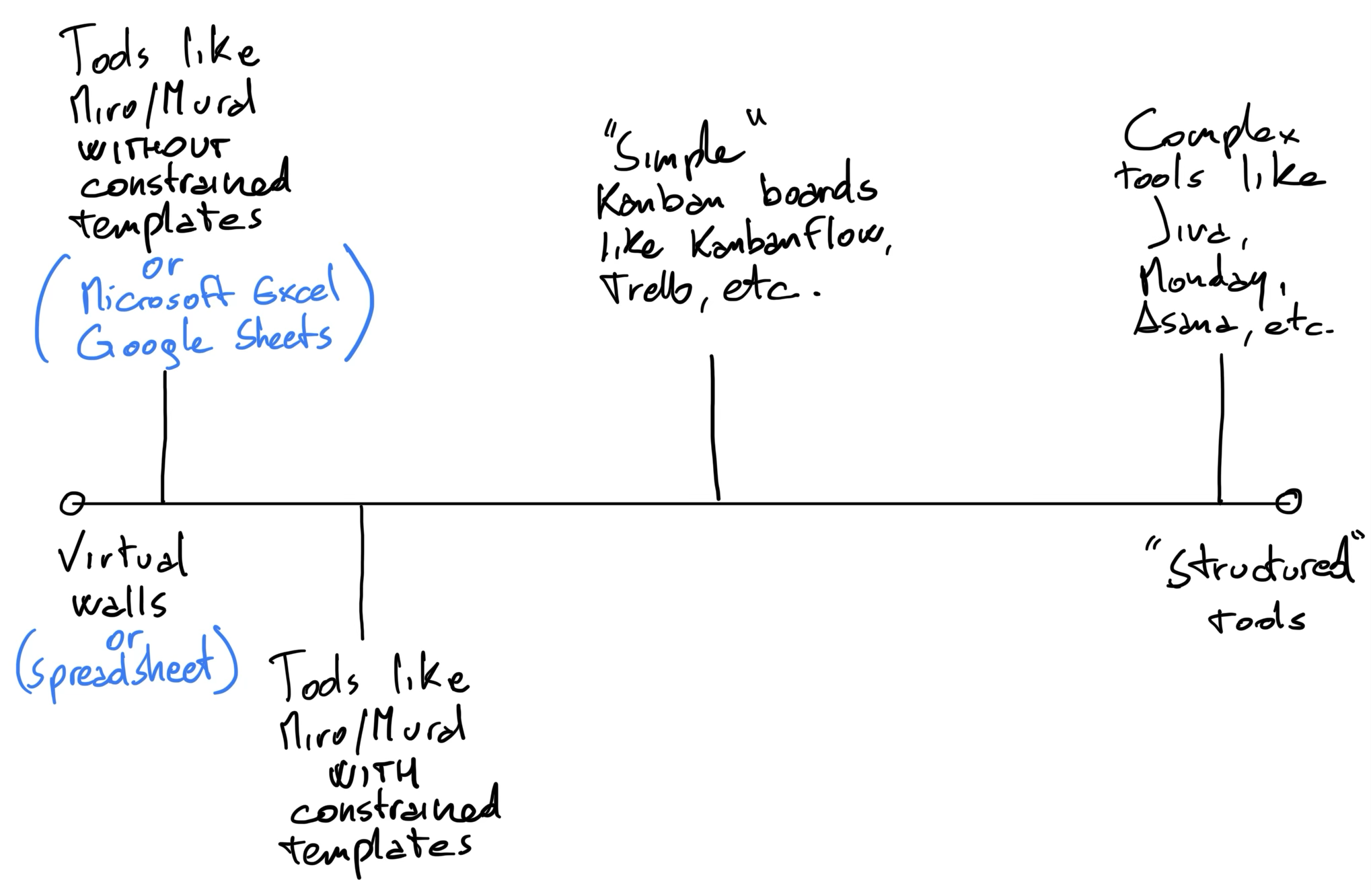
While digital tools can help teams visualise and manage the Product Backlog, they also introduce challenges that can impact collaboration and transparency…

While digital tools can help teams visualise and manage the Product Backlog, they also introduce challenges that can impact collaboration and transparency…

Management teams make decisions in isolation without input from teams who will implement the work.
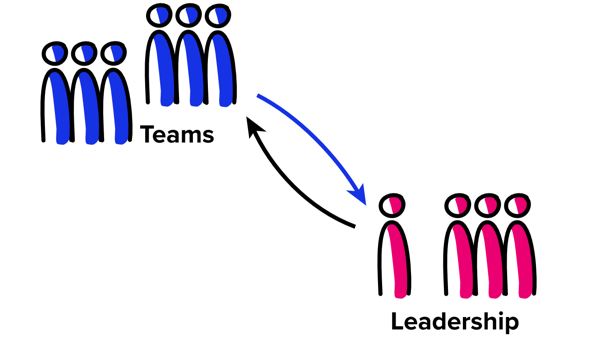
Leaders become so busy with daily operational tasks that they lose sight of their most important work: growing organisational capabilities and developing people.
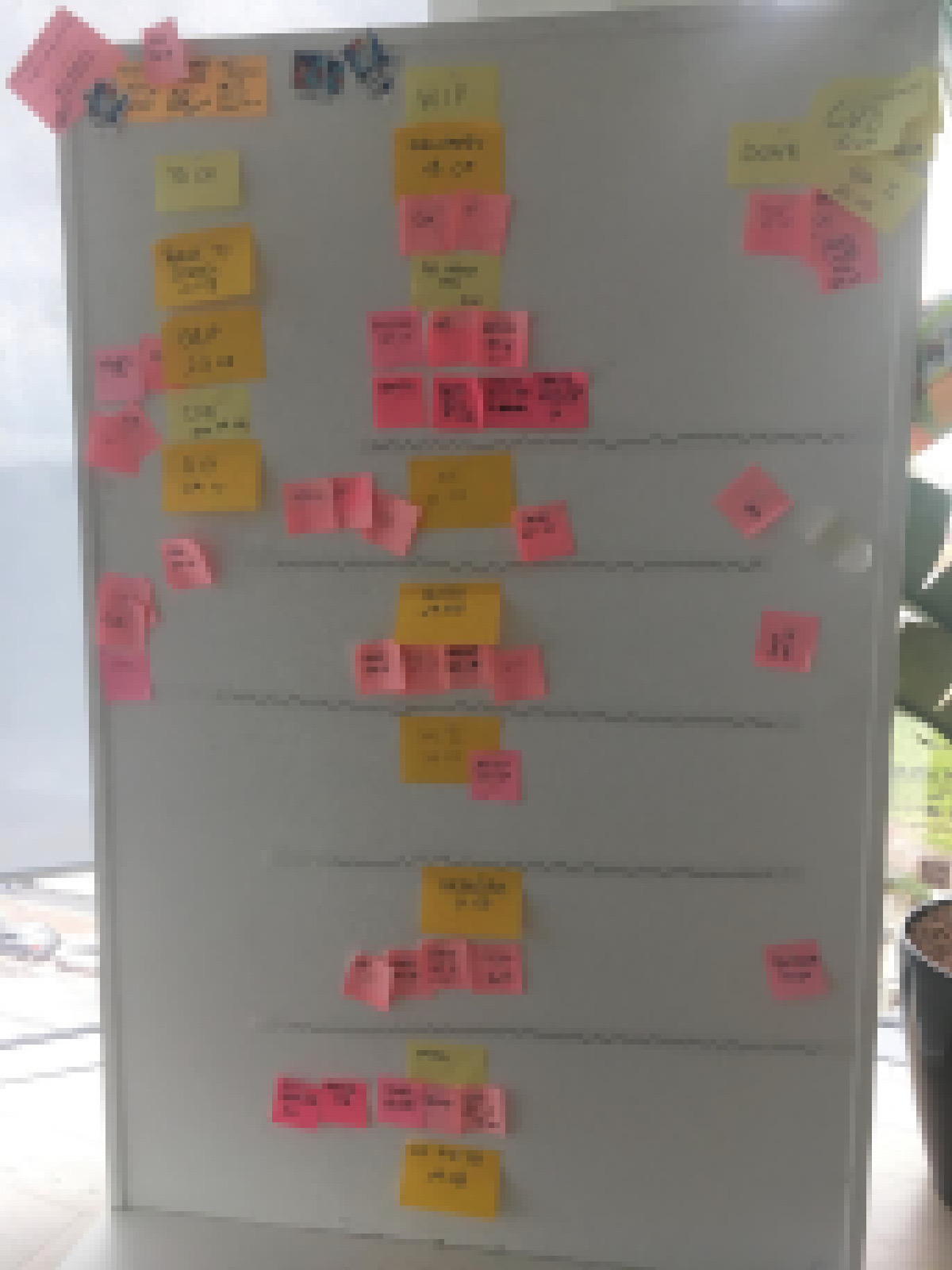
Complex digital tools can hinder team collaboration and ownership of Sprint Backlog management.
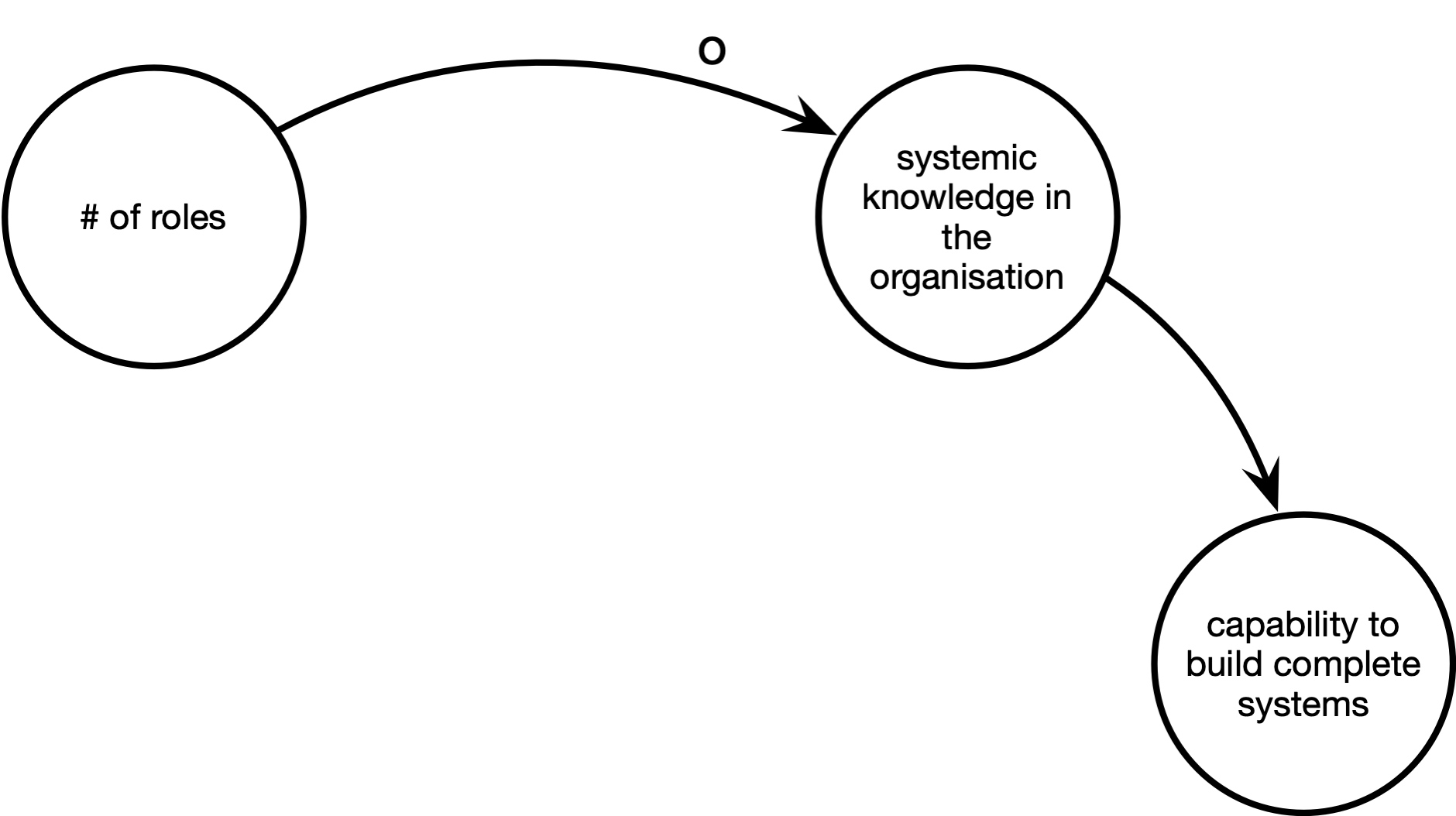
Organisations create too many specialized roles too early, leading to knowledge silos, coordination overhead, and organisational complexity that becomes impossible to reverse.

A pretty common question I get asked when teaching Scrum is about the Scrum Master as a second role for a Developer or the Product Owner. While this is a typical implementation, and several other authors are arguing for the Scrum Master to be a temporary, part-time or rotating role among the rest of the Scrum Team, I have to disagree for three primary reasons…
One interesting observation I made several times during agile transformation initiatives is that they seem to be activated by a sort of organisational energy that drives the change. This lasts for a certain amount of time, but then it usually fades and is eventually gone.
Managers constantly watching over agile teams during sprints destroys team autonomy, reduces accountability, and undermines the motivation that comes from self-organisation.
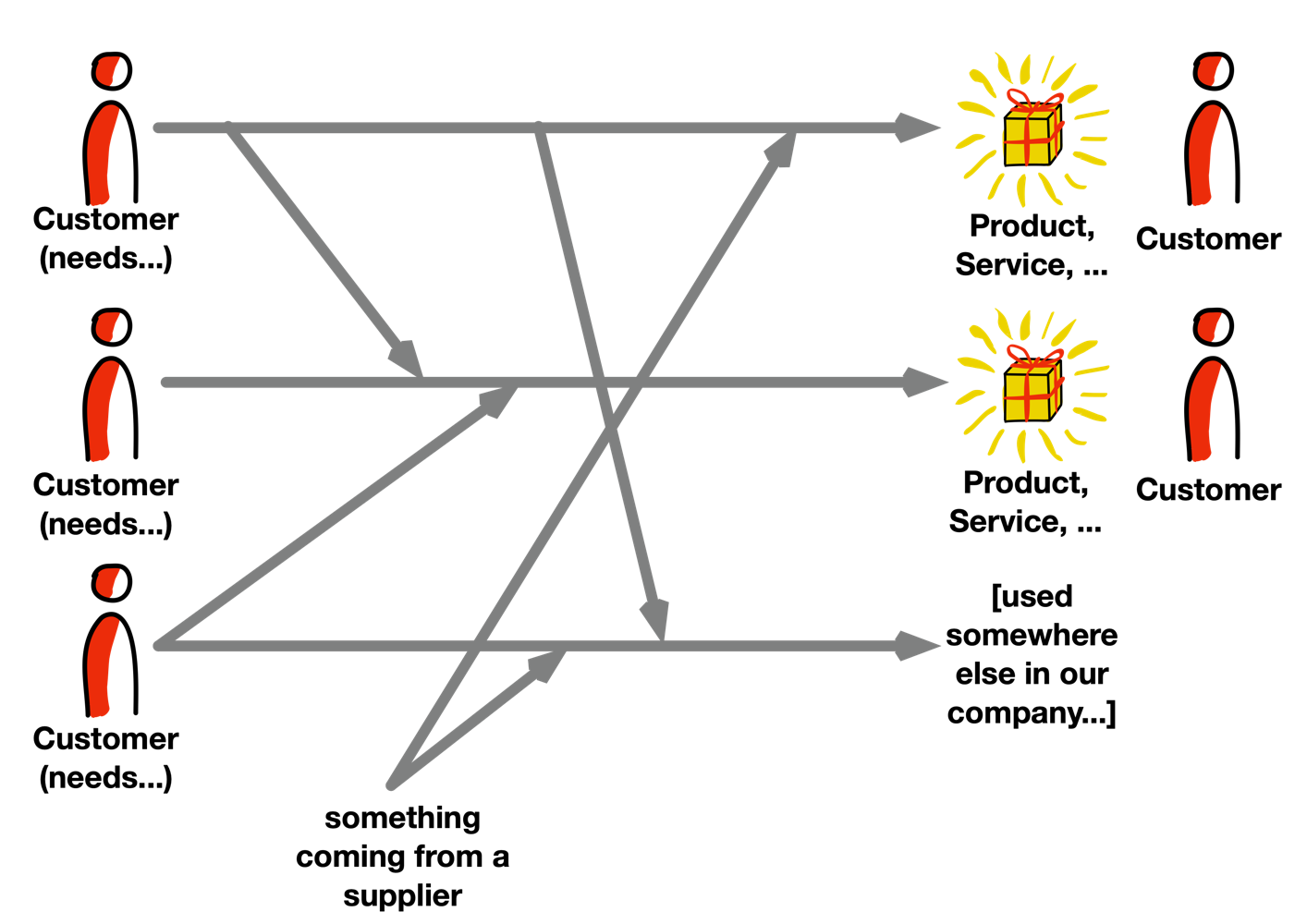
Organisational agility requires reducing ‘accidental complexity’ - rather than just implementing agile methods at the team level.
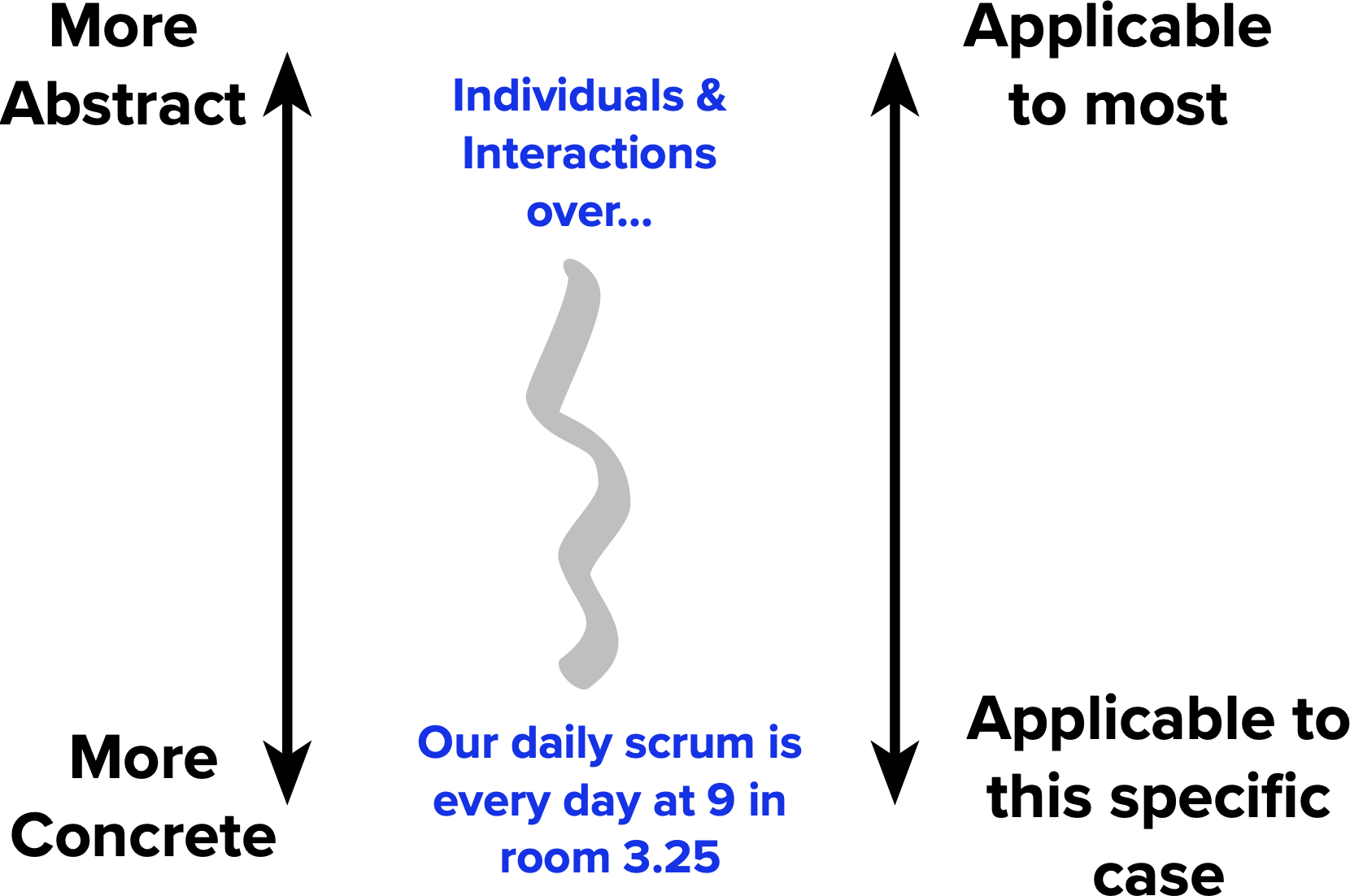
Scaling frameworks create rigid rules that clash with organisational realities, making it difficult to adapt agile practices to large, complex environments with existing constraints.

Agile coaches face a fundamental conflict between their coaching role requiring neutrality and their evangelist role promoting specific agile practices and outcomes.
I like to think of the retrospective as a piece of art and the facilitator (usually the Scrum Master) has to learn to be the artist. This meeting is totally in the hands of the facilitator, so you can easily think that it is about the facilitator. It is not: providing a process for a retrospective is very much different from being the star of that meeting. Your role as a facilitator is to provide a structure and otherwise stay out of the way, letting the team to be on the stage.
One of the assumptions of a retrospective is that the team should come out with concrete action items they will work on to become better. While this is the preferred way, it is not the only one.
Usually the retrospective is done within the team, but in some cases there might be somebody more or somebody less…
Following the Agile Manifesto’s advice to reflect at regular intervals creates superficial continuous improvement that fails to address deeper systemic issues.